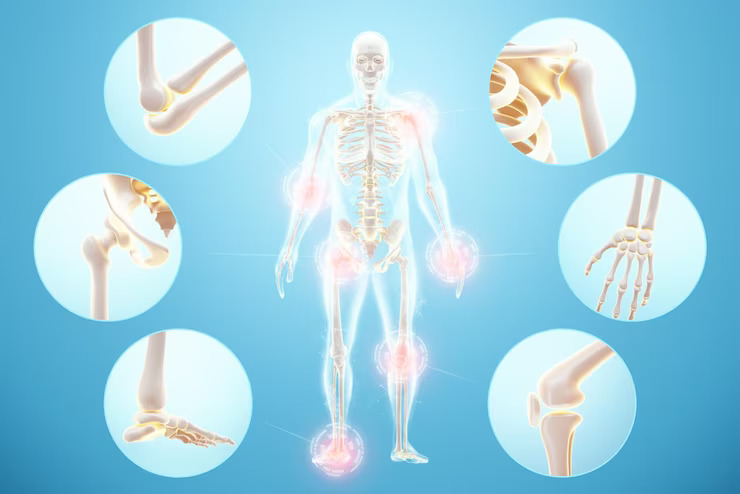
Stem Cell Injury
Stem cell injections made in the US from bone marrow aspirate or adipose (fat) tissue do not significantly improve healing, although they might speed up recovery after a procedure like a meniscus repair when there is poor blood flow. While the amount of stem cells in a bone marrow or adipose tissue sample that is centrifuged down or separated and injected back into a knee is very small and probably does not have much of an impact on healing, there are some growth factors in other tissues, like cytokines, which can affect the environment in the knee and do improve knee comfort. This is particularly valid for a compound known as an interleukin-1 receptor antagonist. Interleukin-1 is one of the worst enzymes that can put the knee into a catabolic condition, making it painful and irritable.
This harmful cytokine is efficiently neutralized by interleukin-1 receptor antagonist, which helps alleviate knee pain. It is becoming obvious that some individuals’ levels of interleukin-1 receptor antagonists are dramatically elevated after centrifugation of their bone marrow aspirate. Therefore, rather than any real benefit from a stem cell effect on healing, it is likely this one particular element that helps to calm down a knee and makes it feel better. In other words, rather than one’s own cartilage growing back or a meniscus tear miraculously healing, it is likely more a biological natural neutralizer of the toxic enzymes in a knee that makes one feel better from this type of treatment.
Conditions Treated
- Stem Cell Effect on Healing
- Interleukin-1 Receptor Antagonist
- Nonsurgical Treatment May Suffice
Related Studies
Emergency?
24 Hour Ready
Call Us for Emergency
+91-9828501360
Book an Appointment
Seamless Fitness Care Access: Booking an Appointment with Your
Trusted Doctor
Stem Cell Injury FAQ's
Stem cells are undifferentiated cells capable of transforming into various cell types. In the context of injury repair, stem cells can be used to regenerate damaged tissues and promote healing. Stem cell injuries has been explored for various injuries, including orthopedic injuries (e.g., ligament, tendon, and cartilage injuries), spinal cord injuries, traumatic brain injuries, and more. It’s also investigated for chronic conditions such as osteoarthritis.
The recovery and rehabilitation process can vary depending on the specific injury and therapy. Some injuries may require physical therapy and a gradual return to normal activities, while others may have a shorter recovery period.
The process can vary based on the specific injury and the source of stem cells. In general, it involves harvesting or obtaining the stem cells, processing them to prepare for injury, and then injecting or implanting them into the injured area.
Various types of stem cells are used, including embryonic stem cells, induced pluripotent stem cells, and adult stem cells, such as mesenchymal stem cells and hematopoietic stem cells.